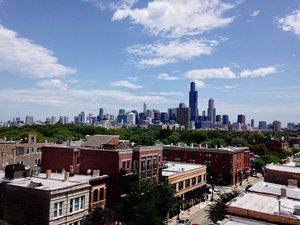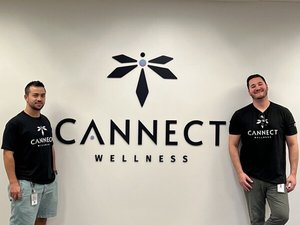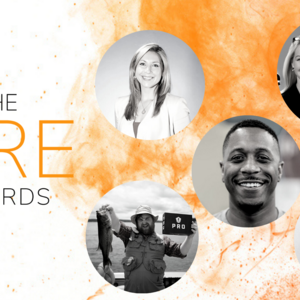
University of Illinois Urbana-Champaign professor Naira Hovakimyan has 25 years of experience in control theory and engineering, and she's now bringing her expertise to two of the fastest growing industries in tech: drones and robotics.
She's director of the Intelligent Robotics Lab at UIUC, which seeks breakthroughs in mobile robotics, as well as the school's Advanced Controls Research Lab, which researches control innovations in aircrafts, and other mechanical applications. Recently, she received funding to create robot assistants for the elderly (which could perform tasks such as fetching medication or switching off lights) and is working with an interdisciplinary team to create robotic systems that feel comfortable and relatable to humans. Beyond her research work, she's also cofounder and Chief Scientist at IntelinAir, a startup creating drones that offer aerial intelligence to farmers.
In this emailed Q&A, Hovakimyan discusses her work finding new applications and challenges for drones, particularly on farms and in nursing homes, as well as what's ahead in her work with robotics.
Chicago Inno: You’re currently working in IntelinAir startup that you’ve called the "MRI of farms.” What will IntelinAir do for farming?
Naira Hovakimyan: Right now we are focused on digital agriculture. We are creating the “MRI of farms”, by flying low altitude and taking high resolution imagery. We hope that with this technology we will be able to develop an early warning system for anomaly detection to prevent major damages and alert farmers on taking actions ahead of time. It is obvious that with today’s farming techniques it will be impossible to feed the 9 billion population of Earth in 2050. IntelinAir aims to contribute to this solution in a novel way that can have long-lasting impact.
Your other major drone project is to create robot assistants for the elderly, and you received $1.5 million grant from NSF for this purpose. How soon will it be before we have drone buzzing around nursing homes?
It will take a decade before we can launch the product that we have on our mind.
You’re also passionate about creating friendlier robot-human interactions, and received a $300,000 grant from NSF to create Non-Intrusive, Collaborative, Empathetic, Robust (NICER) robots. What are some features that make humans more comfortable around robots and drones?
We work with psychologists and human factors professors to design robots that would have flying paths and speed profiles acceptable for humans. There are lots of diverse challenges in this research that we are addressing with our interdisciplinary group of graduate students. Psychologists differentiate between perceived safety and actual safety, and we rely on those models for design of robots’ shape, flight path and speed profile.
Cybersecurity is another aspect of robotics that grows more important as these devices play a larger role in our lives. How vulnerable are the commercially available drones to hackers? What are the dangers of not properly securing robots and drones?
Today there are a number of software viruses known that can infect autopilots. When the onboard software is hacked, it can lead to catastrophic failures and crashes. Our solution developed in collaboration with Prof. Lui Sha from Computer Science Department presents an integrated hardware/software architecture that is robust to cyber threats, software failures and mechanical failures.
You’ve had a varied academic career, including mathematics, differential games, theory of chaos, robust control, neural networks, etc. How did you come to focus on robotics and drones? What’s ahead in your work?
I came to Georgia Tech in 1998 to work as a mathematician on the stability of neural network based adaptive flight control systems. That was my first engagement with engineers that opened my eyes into the real world problems. I got opportunities to work with engineers from the Boeing Co, from Air Force and NASA. That experience helped me to develop a holistic view of the world centered around societal benefits. While extremely challenging, retrospectively I believe that those 5 years of my life at [Georgia Tech] were the most educational ones in terms of becoming an independent researcher and developing strong leadership skills. I later assumed a faculty job at Virginia Tech, where we developed the L1 adaptive controller, which was tested by NASA on a subscale commercial jet and also by US Air Force on a Learjet. That work made us prominent, and in 2008 I joined UIUC.
We see everyday new opportunities to apply our scientific findings to different drone applications.
In the next few weeks we have intensive flight test schedule on F16 at Edwards Air Force base, where the L1 controller will be stressed for various adversaries to prove its worth in terms of performance and robustness in supersonic flight. Our record of success stories on real airplanes with pilots draw significant attention from drone manufacturers, and hence we started working also with drone companies. With robotics being one of the fastest growing industries in the world, we see everyday new opportunities to apply our scientific findings to different drone applications. We worked with firefighters from Illinois Fire Services Institute to build situational awareness to help the first responders. As far as my plans are concerned, I have plans to finish two more books in the next five years. There are of course lot of interesting projects ahead of us, and I hope you will learn about all of them in the due course.








